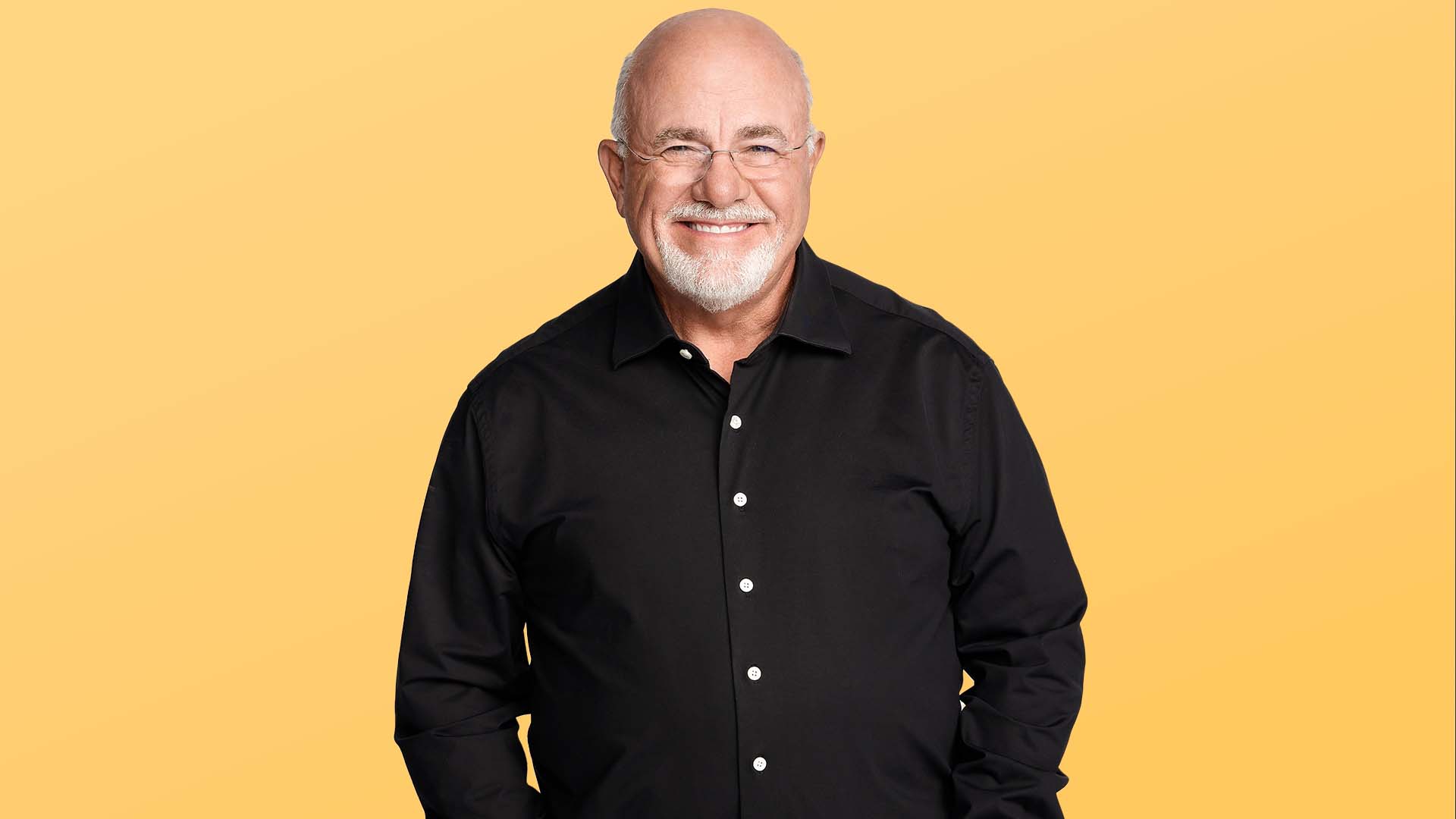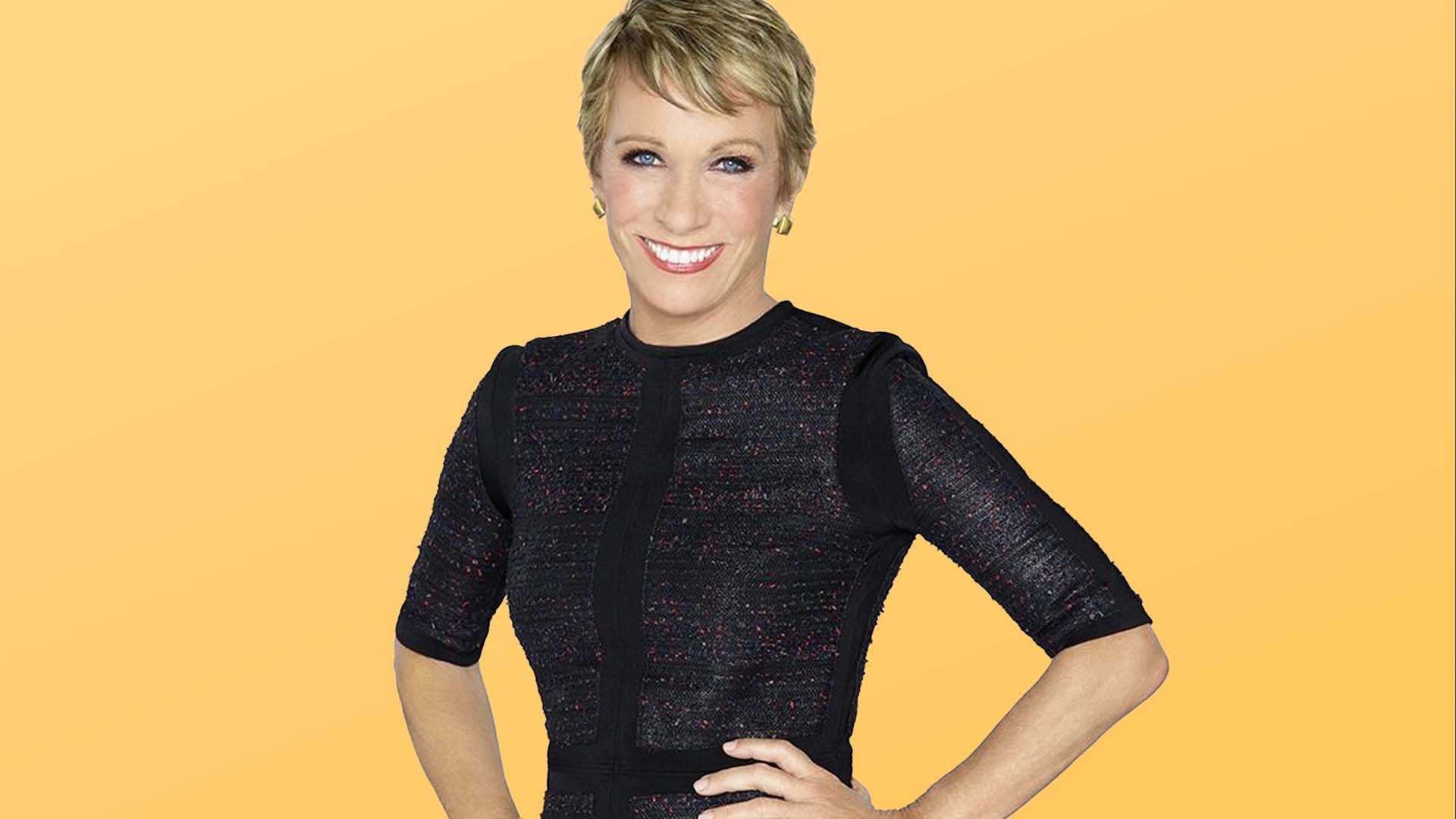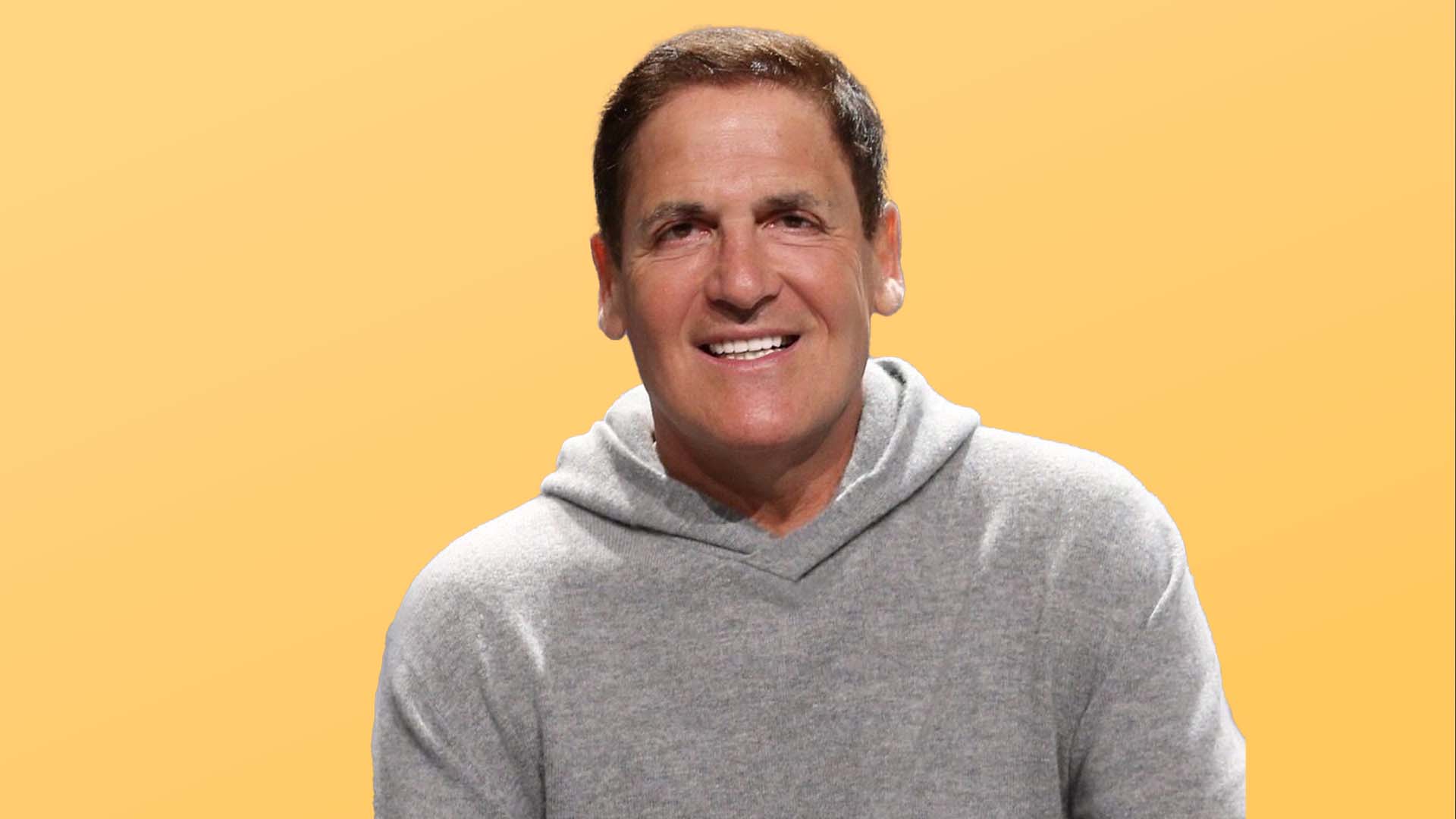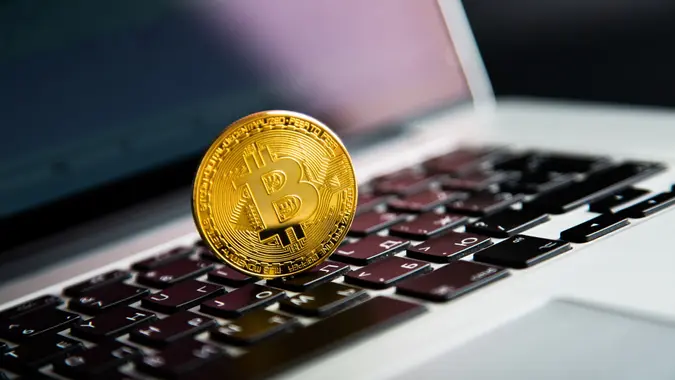A Financial Expert Explains How to Balance Saving and Investing in 2025

Commitment to Our Readers
GOBankingRates' editorial team is committed to bringing you unbiased reviews and information. We use data-driven methodologies to evaluate financial products and services - our reviews and ratings are not influenced by advertisers. You can read more about our editorial guidelines and our products and services review methodology.

20 Years
Helping You Live Richer

Reviewed
by Experts

Trusted by
Millions of Readers
Getting better with personal finance means acquainting yourself with a lot of terms. Take saving and investing, for example. At a glance, they can seem similar. Both involve setting money aside instead of spending it. Both require discipline and long-term thinking. But mix them up — or lean too heavily on one — and it could cost you.
“People often confuse the two because both involve discipline and delayed gratification,” said Connor Bauserman, ChFC, financial planner at Preferred Financial Group. “You’re not spending the money either way, so it feels like you’re doing the right thing. But the goals and outcomes are different — saving preserves, investing multiplies.”
The mistake many people make is playing it too safe. They pile all their money in savings, even when their long-term financial goals would be better served by investing. Bauserman sees this pattern often in his work, and he spoke about it in a conversation with GOBankingRates as part of our Top 100 Money Experts series. He broke down how saving and investing are different — and how to strike a balance between the two.
Savings Are Seeds — But They Don’t Grow on Their Own
When it comes to describing the core difference between saving and investing as wealth-building resources, Bauserman said you should think of savings in terms of safety and liquidity — that is to say, you’re storing value for short-term needs or emergencies. It’s not really risky by nature.
Investing, on the other hand, does involve some level of risk. But with risk comes the potential for reward through growth and compounding over time.
“Saving is the act of acquiring or withholding something that you own,” Bauserman explained. “But investing is when you put your assets to work for you. Think of a farmer. It’s great if the farmer saves seeds to plant in the ground, but those seeds won’t do much just sitting in the barn. Investing is putting those seeds in the ground, watering them, and giving them time to grow and produce a yield.”
He understands why people get the two concepts muddled — they both require restraint and a long-term mindset. But while savings keep your money safe and accessible, they can’t grow on their own. That’s where investing comes in. You take on a little more risk by exposing your money to the elements of the market, but it has a chance to grow and flourish.
Saving for the Long Term Might Be Holding You Back
Bauserman is used to speaking with clients who are excited to tell him that they’re saving for something major — like retirement, a college education for a loved one, or some other big goal that’s years away. But when he looks at the actual timeline, he often has to tell them that, actually, they might be better off investing.
“I totally get why saving feels like the right move,” he said. “It’s safe, it’s familiar. But if the goal is still five, 10, even 20 years away, that money’s just sitting there losing value to inflation. I’ve seen this with families saving for retirement in a savings account or stashing away cash for their kids’ college without realizing they could’ve been using a 529 plan.”
Even for non-essentials like a vacation home, camper, or bucket-list trip to Europe, relying on a slow-and-steady savings plan might not be the most effective route. “They’re saving little by little but missing out on the potential growth they could’ve seen by investing,” Bauserman said.
His rule of thumb? If your emergency fund is solid, it’s usually worth putting at least some of that money to work in the market.
The Strategy That Balances Both
Bauserman says the simplest approach to finding balance between saving and investing is to start with your timeline.
“What’s worked best for a lot of the families I work with — and in my own life — is building a strategy that’s based on when you’ll need the money,” he said.
If you’re going to need that money in the next few years — for emergencies, a vacation (and you’re already teaching yourself Italian over the app), or a new car — it should go to savings. Remember, you’ll want quick access to that money without risk.
But if your goal is at least five, 10, or 20 years out — like retirement, college for your kid or even a vacation property — you’re better off investing that money for the long haul.
“That’s where time becomes your greatest asset. The longer it’s invested, the more opportunity it has to grow and compound,” Bauserman said. “The strategy isn’t flashy — it’s just being intentional with every dollar: save for the short term, invest for the long term, and stay consistent. That’s what builds real momentum.”
Bottom Line
Knowing when you’d be better off saving or investing can be tricky, but it doesn’t have to be. If your emergency fund is in place and you won’t need to access the funds for years down the line, you could see meaningful growth by putting that money in the market. If you’ll need it sooner and want to avoid unnecessary risk, you should put it in savings.
This article is part of GOBankingRates’ Top 100 Money Experts series, where we spotlight expert answers to the biggest financial questions Americans are asking. Have a question of your own? Share it on our hub — and you’ll be entered for a chance to win $500.
 Written by
Written by  Edited by
Edited by  Money Expert
Money Expert 









































































































